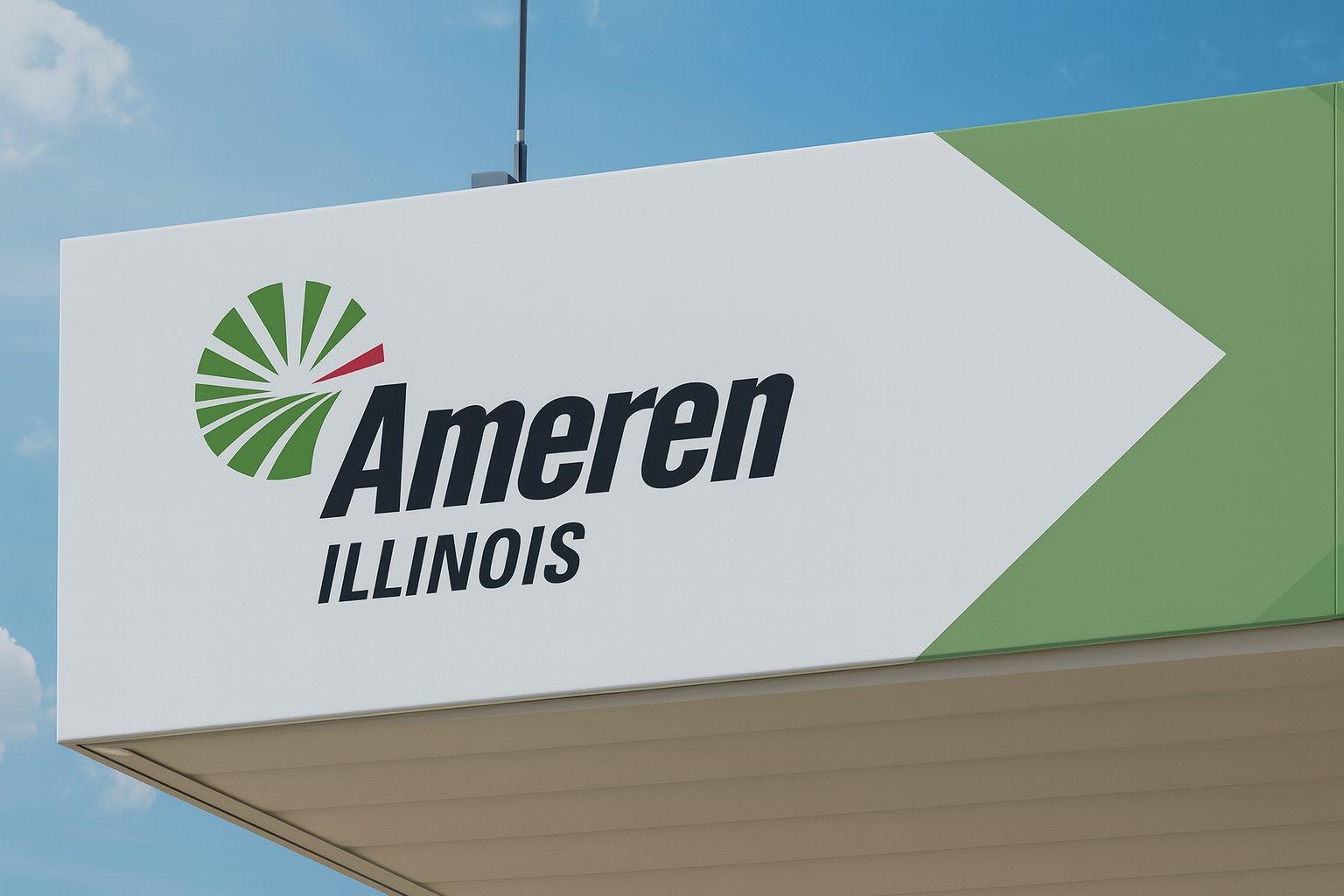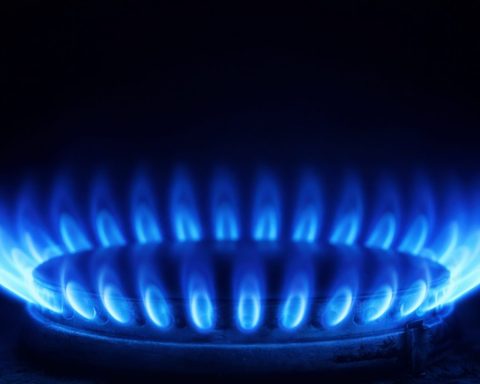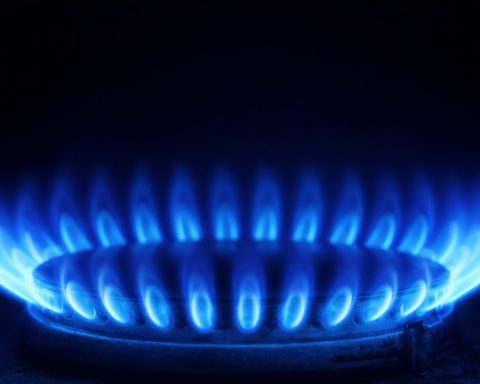- Big Rate Hikes Proposed: Ameren Illinois filed for a $128.8 million natural gas rate increase (its fourth hike in seven years) [1]. Two state administrative law judges have recommended cutting roughly $40–44 million from that request [2] [3].
- Consumer Advocates Push Back: The Citizens Utility Board (CUB) and Illinois PIRG call the original hike “bloated” and a “money grab,” urging regulators to trim up to $82 million. CUB’s Sarah Moskowitz said the judges’ proposal “reinforces that Ameren’s rate hike is significantly inflated… but still falls short of giving consumers their just due” [4]. Illinois PIRG’s Abe Scarr likewise applauded the $44 M cut but said the ICC “can do more” to limit Ameren’s fourth hike since 2018 [5].
- Ameren’s Defense: Ameren Illinois insists the increase is needed for pipeline safety and reliability. Spokesman Brad Kleoppel said the plan “will maintain the safety, integrity and reliability of the natural gas distribution system” and support the clean energy transition, noting it was filed in January and is under review [6] [7]. He also promised “stable natural gas prices” for customers this winter, citing storage and hedging strategies [8].
- Bill Impacts: If allowed, Ameren’s hike would raise average bills by about 13% (roughly $10 per month) [9]. (Nicor Gas, serving Chicago’s suburbs, has a separate $314 M proposal; judges there already recommended trimming ~$110 M, according to recent reports [10].) Tens of thousands of Illinois households could face higher heating costs as winter looms. The Illinois Attorney General’s office also criticized Ameren’s filing as over-charging customers by an estimated $43.7 M (saying some project budgets “overstate costs”) [11].
- Stock & Market Context: Ameren Corp. (NYSE: AEE) shares trade around $105 (as of mid-Oct), near their 52-week peak (about $106.23) [12]. Analysts are mixed on the outlook (TipRanks reports a median 12-mo target of ~$90 [13]). Utility stocks are generally seen as defensive: for example, the S&P Dividend ETF (SDY) – heavily weighted in electric utilities – scores high on “Quality” and exceptionally high on “Low Volatility” [14], reflecting steady investor demand amid uncertainty.
- Forecasts and Outlook: Federal forecasters expect only modest changes in winter gas costs. EIA projects Midwest households will spend about $610 on gas this winter (roughly 2% higher than last year) [15]. Meanwhile, Ameren’s recent executive shake-up signals a focus on finance and reliability – Lenny Singh will move from head of Ameren Illinois to Ameren Corp. CFO, and Michael Moehn will oversee the entire Ameren utility group [16]. Regulators will make a final decision by late November/December.
<!– Key facts ended; full report follows –>
In Illinois, utility regulators are weighing how much of a massive rate increase to approve for Ameren Illinois’s natural gas customers. Ameren filed in January to raise gas delivery rates by $128.8 million statewide. The proposal is intended to fund pipeline upgrades and maintain safety, especially amid a push for cleaner energy sources [17] [18]. Two Illinois Commerce Commission (ICC) judges recently issued a proposed order recommending a cut of roughly $40–44 million from Ameren’s request [19] [20]. In practical terms, that would still leave about $85–$90 M of new revenue to be collected if the ICC adopts the judges’ recommendation.
Consumer advocates say that isn’t nearly enough. The Citizens Utility Board (CUB) and Illinois Public Interest Research Group (PIRG) note that Ameren has already raised gas rates by about 50% (roughly $202 M) since 2018 [21] while the parent company’s gas profits have more than doubled [22] [23]. CUB’s Sarah Moskowitz praised the judges’ move to slice Ameren’s request, but warned it “still falls short of giving consumers their just due” [24]. She urged the ICC to remove “the excesses still embedded in this rate hike” as winter approaches [25]. Abe Scarr of Illinois PIRG likewise noted that $44 M is only about half of the “unwarranted costs Ameren has proposed,” and said regulators “can do more to limit the impact” of Ameren’s fourth gas rate increase since 2018 [26] [27]. At a public briefing Oct. 16, CUB’s Jim Chilsen (also quoted by local media) said customers are “tired of being treated like an ATM” by constant rate hikes [28].
Ameren, for its part, defends the proposal as necessary. In statements to media and regulators, Ameren officials say the work is needed to replace aging pipes, meet federal safety mandates, and ensure reliable service for its 816,000 natural gas customers. Brad Kleoppel, Ameren’s Senior Director of Gas Operations, told reporters that Ameren “takes a strategic approach to maintaining the natural gas system and keeping customer rates affordable” [29]. He noted that Ameren buys much of its gas supply in summer when prices are lower and stores it for winter use, so customers “will benefit from stable natural gas prices this winter” [30] despite any rate adjustments. Kleoppel also emphasized that a final ICC order isn’t expected until November [31] [32], and said Ameren will “evaluate all available methods” to comply with rules at the lowest cost [33].
Nevertheless, the proposed hike would translate to higher bills for consumers. Ameren estimates the $128.8 M increase would push the average residential gas bill up by about 13% (around $10/month) [34]. The judges’ proposed cut of ~$44 M would reduce that impact, but customer groups argue the remaining increase is still excessive. For example, Ameren wants to raise its profit rate on equity (ROE) to 10.7% – the highest among Illinois gas utilities – which alone would cost customers another ~$30 M per year [35]. Consumer advocates say projects in Ameren’s plan have “bloated, overstated costs” and some are “placeholders” to inflate the total [36] [37]. The Illinois Attorney General’s office also chimed in, warning that Ameren’s filing “overstates costs” and could overcharge ratepayers by roughly $43.7 million (echoing the judges’ figure) [38].
This isn’t an isolated battle. In northern Illinois, Nicor Gas is seeking a $314 million rate increase – which would be the largest in state history – to upgrade aging pipelines. Late last week, administrative judges issued a proposed order cutting Nicor’s request by about $110 M (to roughly $204 M) [39] [40]. Like Ameren, Nicor says the hike is needed for safety and future energy goals, but regulators have signaled skepticism about some of the costs. (By contrast, Chicago’s Peoples Gas was recently approved for a roughly $300 M rate increase despite widespread criticism, under a judge-imposed cap on its pipeline program [41].) Overall, Illinois officials have become concerned about consumers who face multiple utility increases and high winter heating bills. Gov. Pritzker’s administration is pushing the state toward renewables by 2050, which could shift focus away from gas over the long term.
The Illinois Commerce Commission will make final decisions in both cases in the coming weeks (Ameren’s is expected by late November, Nicor’s by early December). Stakeholders on all sides are watching closely. A public forum on Nov. 1 in East St. Louis will further spotlight the Ameren case, with community leaders warning of “families forced to choose between heating and feeding” [42].
Meanwhile, investors are paying attention too. Ameren Corp. (NYSE: AEE), the parent of Ameren Illinois, recently traded around $105–106 per share [43], near its 52-week high of $106.23. Analysts have mixed outlooks: one consensus view pegged the median 12-month target around $90.65 [44], suggesting some see risk in the cuts and regulatory scrutiny. (Ameren is also making corporate changes: effective January 2026, Lenny Singh – currently Ameren Illinois’ president – will shift to Ameren Corp.’s CFO role, and Michael Moehn will become group president over all Ameren utilities [45].) Utility stocks as a group often attract investors seeking stability: for example, the S&P Dividend ETF (ticker SDY), which is “Utilities-heavy,” scores very high on Quality and exceptionally high on Low Volatility [46], reflecting a defensive profile prized in uncertain markets.
Finally, experts expect only a modest rise in gas costs this winter. The U.S. Energy Information Administration forecasts that Midwest households will pay about $610 on natural gas this heating season – only about 2% higher than last year (benefiting from warm late-fall weather and the same low storage costs noted by Ameren) [47]. In other words, the baseline outlook is for roughly flat bills, absent rate changes.
All told, Illinois consumers and investors should brace for headlines in late November. If the ICC trims Ameren’s request as judges propose, it would blunt the impact on ratepayers. But as advocates warn, even the reduced hike would add to already-rising energy costs. The final orders will signal how aggressively regulators will push back against future utility spending – and whether the backlash will prompt companies to seek smarter, more efficient solutions instead of sweeping rate grabs.
Sources: Local and state reporting on the Ameren and Nicor rate cases [48] [49] [50]; statements from utility and consumer groups [51] [52]; official data on Ameren’s stock price and forecasts [53] [54]; and recent EIA energy outlooks [55] [56].
References
1. www.citizensutilityboard.org, 2. khqa.com, 3. www.citizensutilityboard.org, 4. www.citizensutilityboard.org, 5. www.citizensutilityboard.org, 6. m.riverbender.com, 7. khqa.com, 8. m.riverbender.com, 9. www.citizensutilityboard.org, 10. chicago.suntimes.com, 11. www.citizensutilityboard.org, 12. markets.businessinsider.com, 13. markets.businessinsider.com, 14. ts2.tech, 15. www.eia.gov, 16. ts2.tech, 17. m.riverbender.com, 18. khqa.com, 19. khqa.com, 20. www.citizensutilityboard.org, 21. www.citizensutilityboard.org, 22. khqa.com, 23. www.citizensutilityboard.org, 24. www.citizensutilityboard.org, 25. www.citizensutilityboard.org, 26. www.citizensutilityboard.org, 27. www.citizensutilityboard.org, 28. khqa.com, 29. m.riverbender.com, 30. m.riverbender.com, 31. m.riverbender.com, 32. khqa.com, 33. m.riverbender.com, 34. www.citizensutilityboard.org, 35. www.citizensutilityboard.org, 36. www.citizensutilityboard.org, 37. www.citizensutilityboard.org, 38. www.citizensutilityboard.org, 39. chicago.suntimes.com, 40. chicago.suntimes.com, 41. chicago.suntimes.com, 42. www.citizensutilityboard.org, 43. markets.businessinsider.com, 44. markets.businessinsider.com, 45. ts2.tech, 46. ts2.tech, 47. www.eia.gov, 48. m.riverbender.com, 49. khqa.com, 50. chicago.suntimes.com, 51. m.riverbender.com, 52. www.citizensutilityboard.org, 53. markets.businessinsider.com, 54. markets.businessinsider.com, 55. www.eia.gov, 56. ts2.tech










